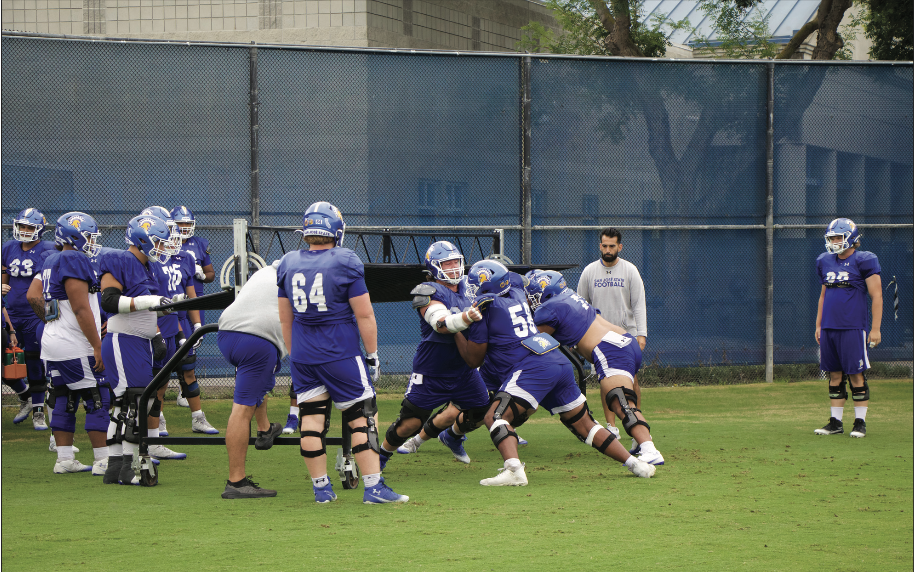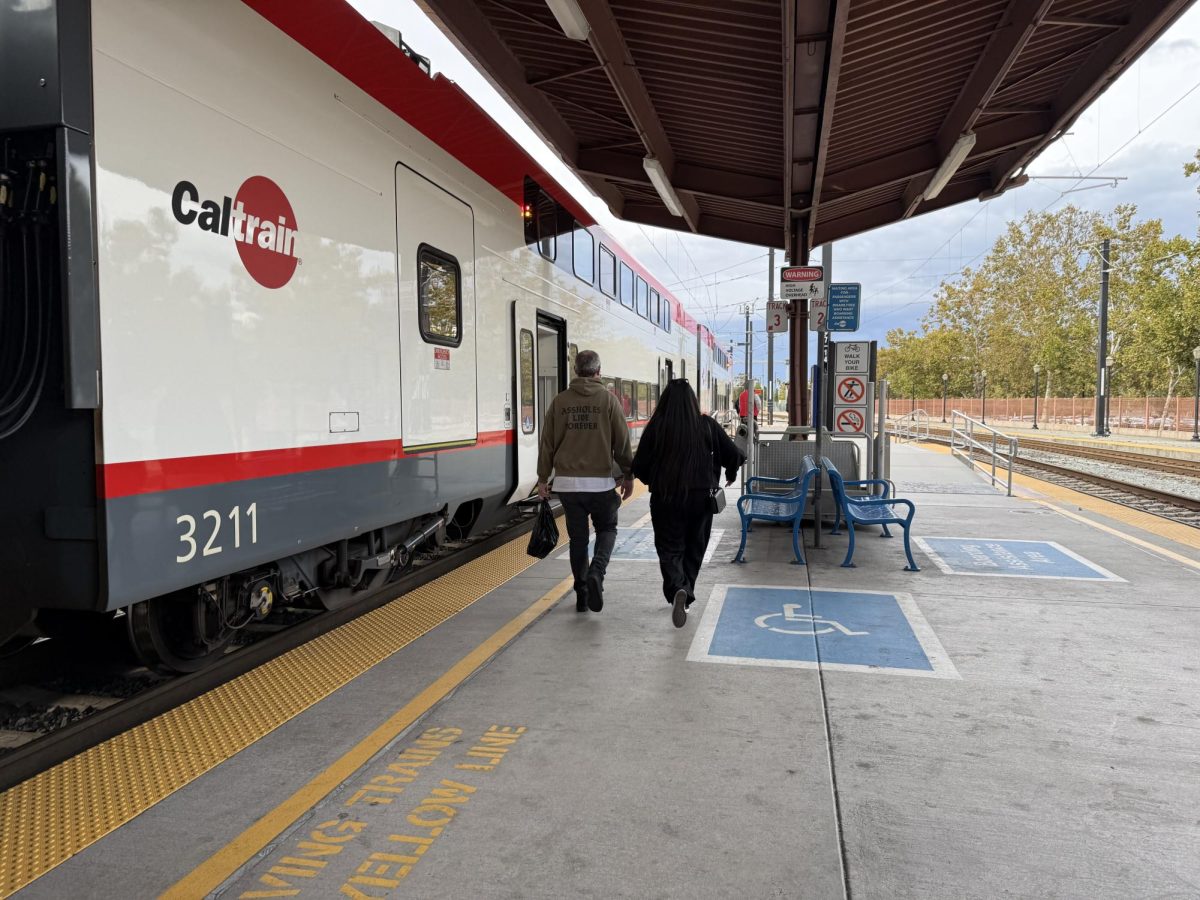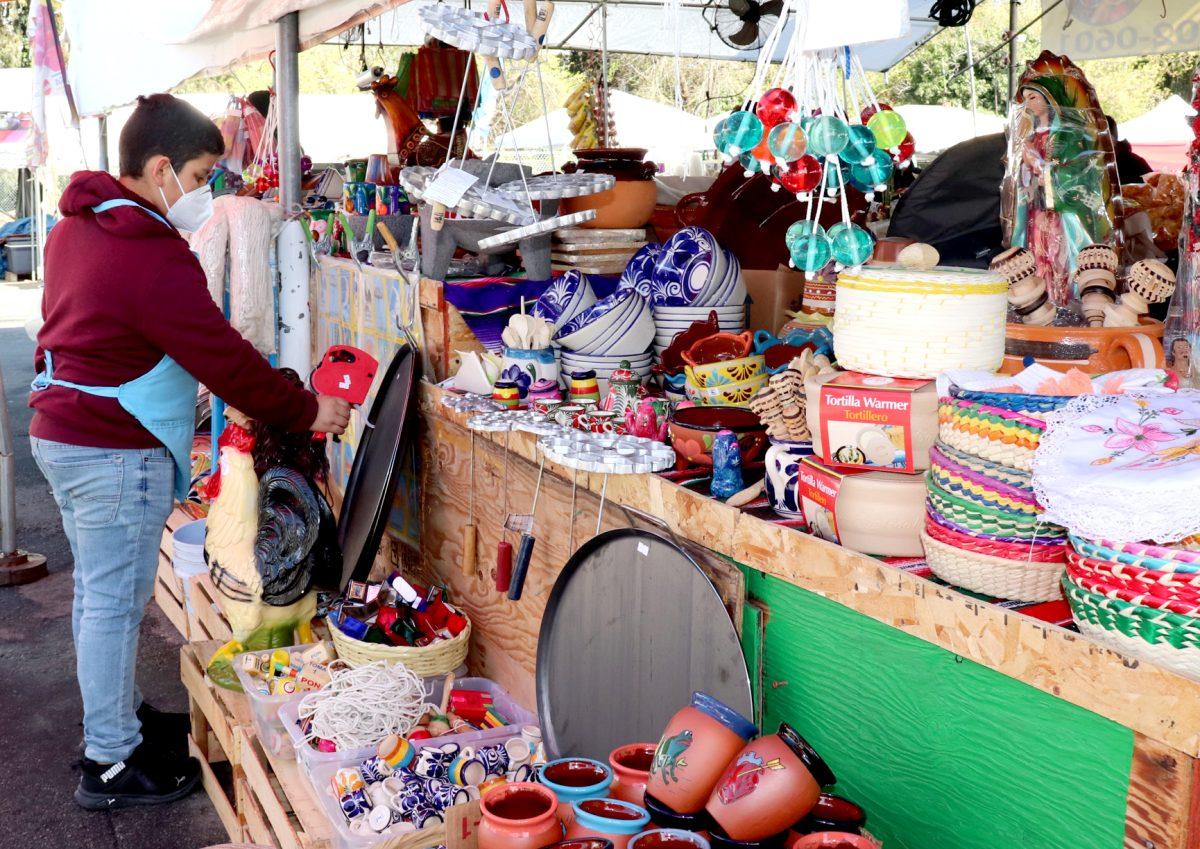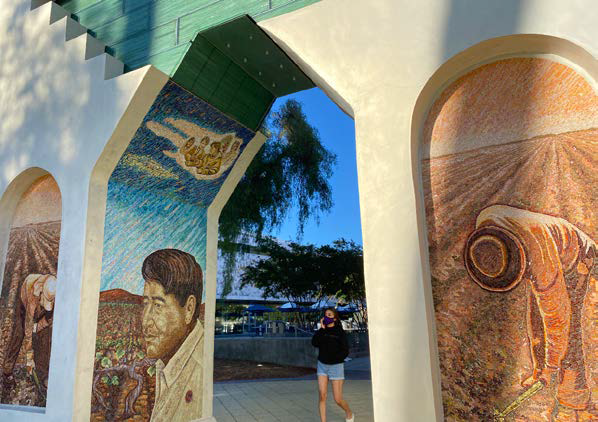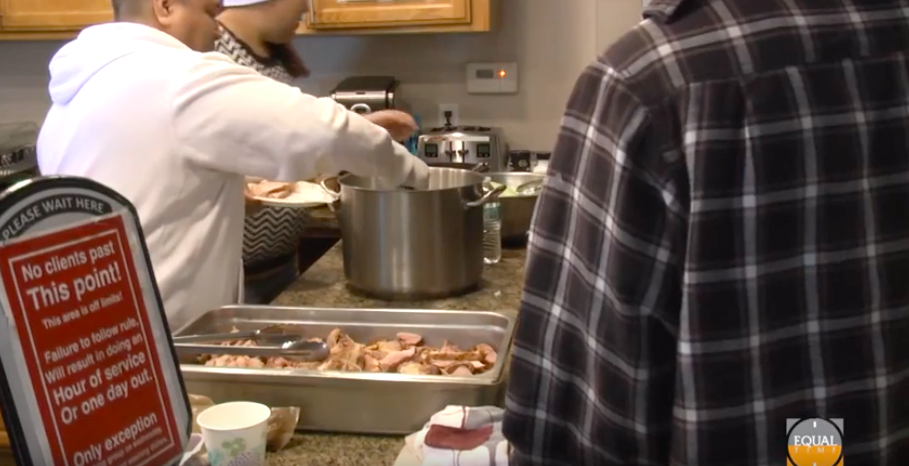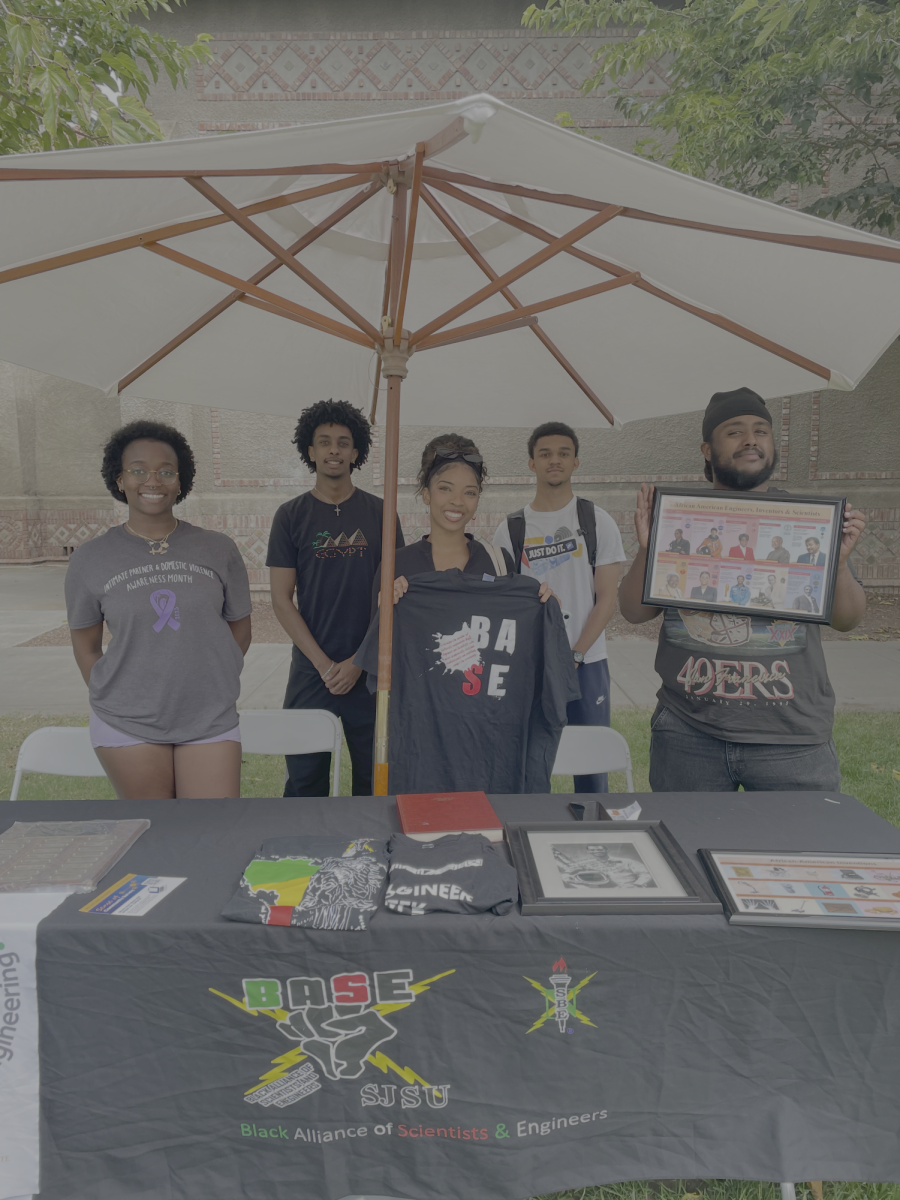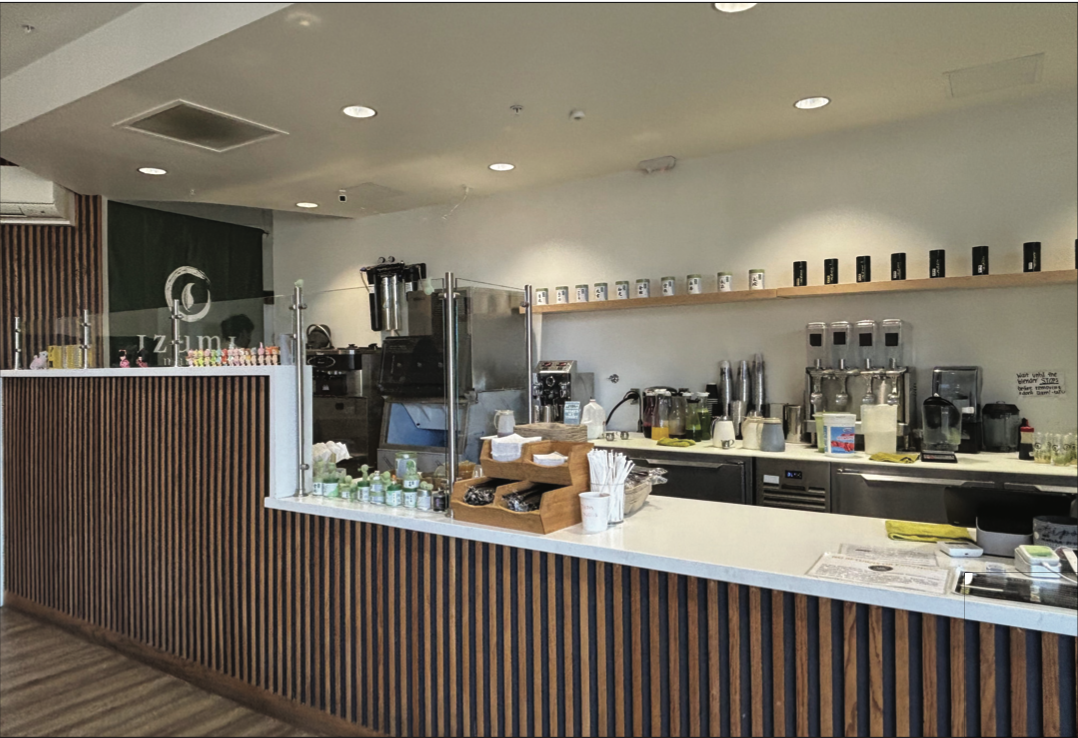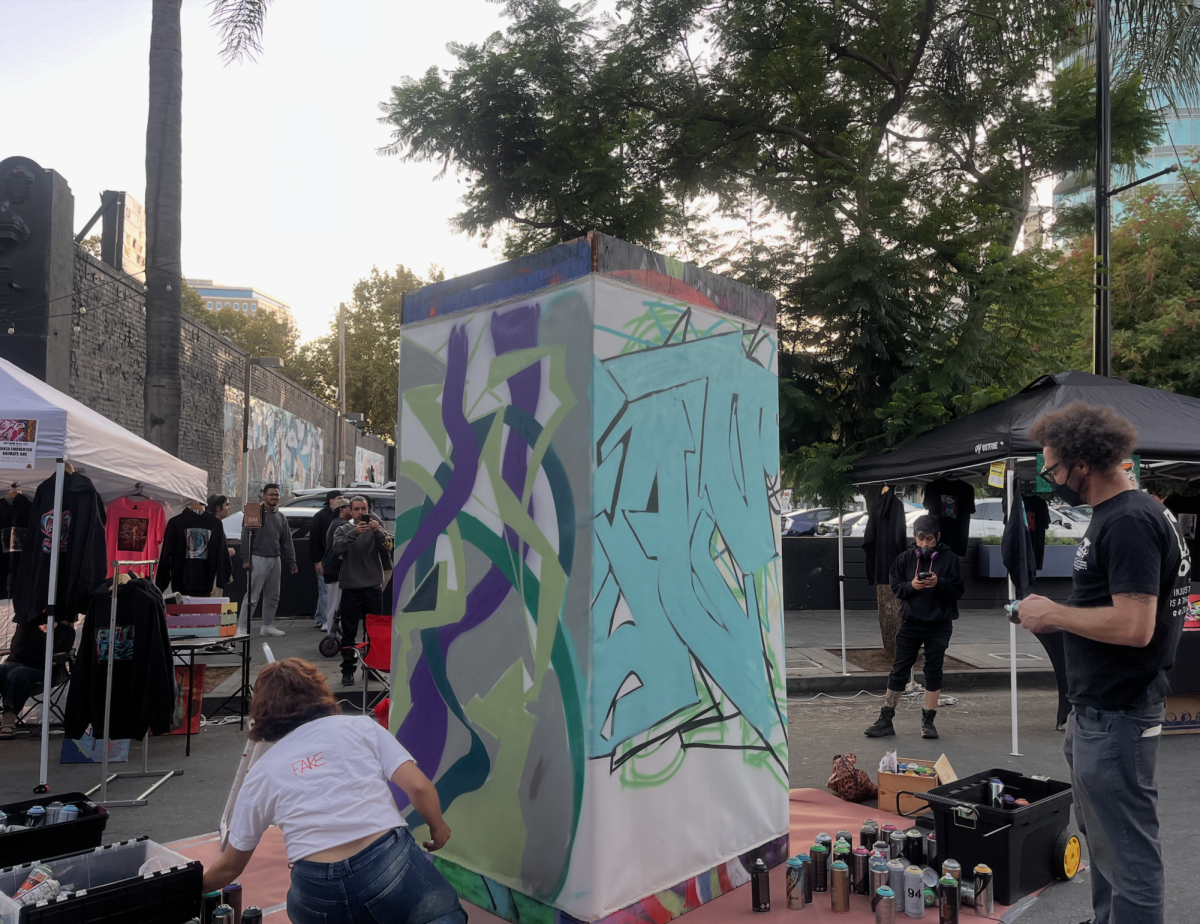San José brewers are utilizing the brewing processes to blend science, sustainability and creativity into every batch made.
At local breweries such as Foxtale Fermentation Project and Hapa’s Brewing Company, there is a lot more creativity and science behind the process.
It’s a balance of timing and experimentation.
Felipe Bravo, owner and head brewer of Foxtale Fermentation Projects, said the business takes a different approach when it comes to brewing and focuses on sustainability and local agriculture.
“We’re very ingrained in the agricultural community,” he said. “A lot of what we brew depends on the availability of fruits, vegetables and herbs that are in season. We’re in a rich agricultural area, so we tend to brew beers that focus on local and seasonal ingredients.”
Brewers often use seasonal ingredients such as herbs, spices, fruits, and specialty malts to match the flavors of a particular time of year.
These ingredients can help reflect local harvests and traditions while giving each drink a unique style connected to the season.
Foxtale’s downtown San José location focuses on lighter-style beers that complement the city’s hard water rich in calcium.
“San José’s water is historically very rich in calcium,” Bravo said. “We go through a heavy filtration and testing process to figure out exactly what minerals are in our water and then brew it with the styles that match. We also make kombucha, mocktails and fermented foods – if it can be fermented, we do it.”
Aside from brewed beer, drinks that are fermented are kombucha, ginger beer, kvass, and kefir, according to NSW Health.
“Everything we do has a purpose, whether it’s cultural or health-centered,” Bravo said.
Brian Edwards, co-owner and head brewer at Hapa’s, has worked as a brewer for nine years.
“When you’re brewing beer, you’re taking barley, which is a grain, and extracting the sugars out of it,” said Edwards. “You crush the seeds, mash them at about 150 degrees in water, and that converts the starches to sugars.”
The processing takes place in a cooled tank where temperatures determine the style of beer.
Ales ferment at 68-72 degrees Fahrenheit while lagers ferment at a lower temperature of 45-55 degrees Fahrenheit, according to a Brew Your Own article
Edwards explained that the sugary liquid created is called “wort”, which is the base of every beer.
The wort is boiled to sanitize and add hops, which provide the flavor and bitterness.
Once it’s cooled, it is ready for fermentation when the yeast consumes the sugar and produces alcohol and carbonation, according to Edwards.
“Yeast produces CO2 and alcohol,” Edwards said. “After a week, the beer is created, leading it to cool down to carbonate and then packaged to be served.
“We try to curate our menu to have something for everyone,” Edwards said. “If someone says, ‘I don’t like beer’, we’ll find something they might like. If they like coffee or chocolate, we have darker beers with those notes. If they like fruit, we have our sour beers with fruit flavors.”
The brewing process is influenced by water chemistry, which can affect both the texture and taste of beer.
The mineral content, pH level, and purity of water play a major role in shaping flavor, according to Pocono Brewery Company.
High mineral content can create a more bitter taste, while softer water produces a smoother finish.
Along with the process of brewing, it can be physically demanding, with several pounds being used to create the product.
“Each bag of barley weighs about 55 pounds, and we are using around 900 pounds for an average batch,” said Edwards.
Barley is the key grain that is used when it comes to brewing western-style beers.
It has an enzymatic toolbox that makes it the perfect ingredient for brewing.
Ryan Thomas, a San José local, visited The Tech Interactive’s event “Tech at Night’s Science of Beers and Brews” where brewing processes were talked about.
“I got distracted by the beer talk and the music, but I learned a lot. I’m a big fan of Hapa’s darker beers. It’s cool to have all these local breweries together, it gives you a real sense of San José’s flavor,” said Thomas.
The event included local breweries, tasting tables, and conversations from the brewers who described how main ingredients like hops and yeast create different variations and styles of beer
“I really enjoy Tech Night events,” said Thomas. “It’s a unique twist on nightlife, and it’s nostalgic for me.”



